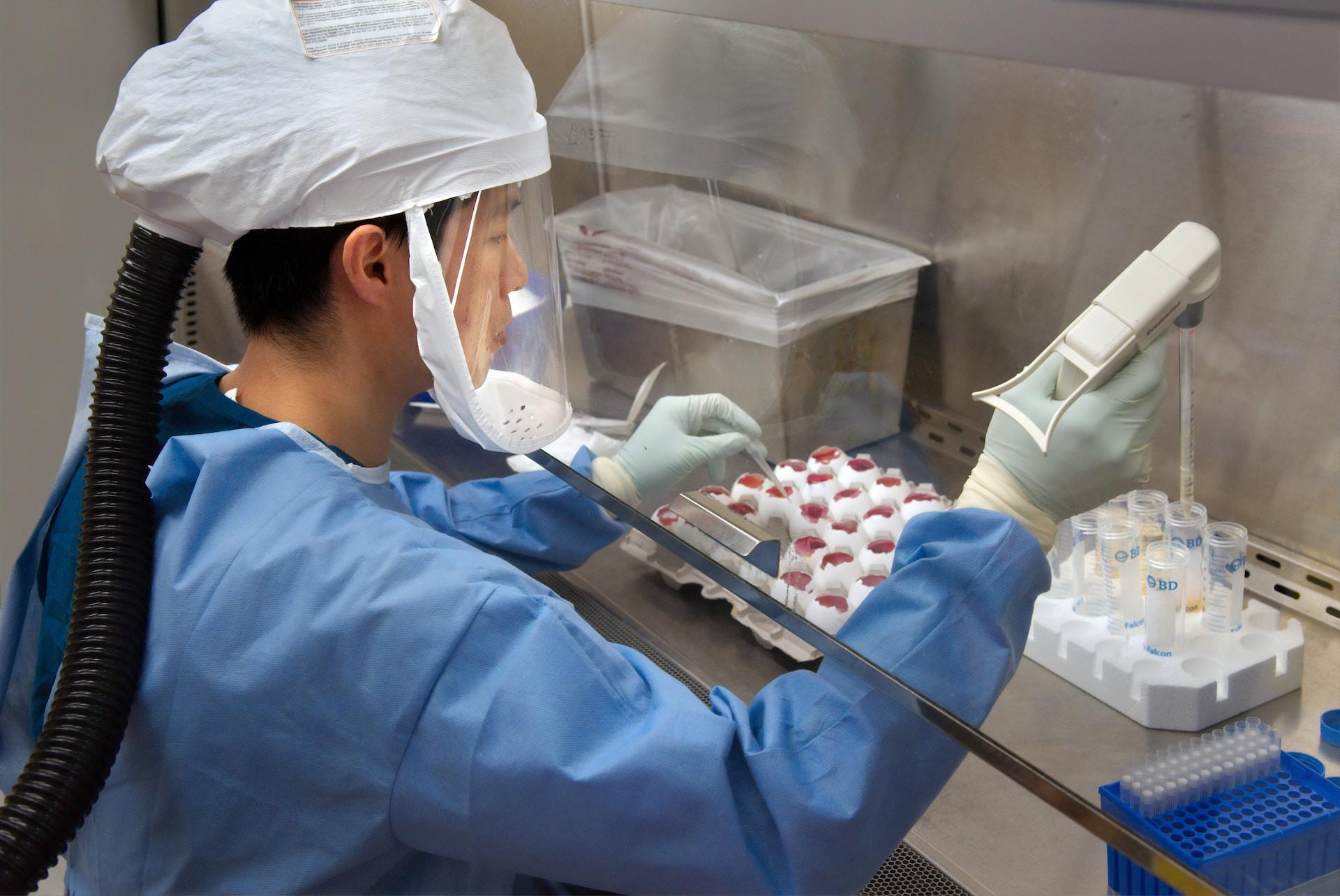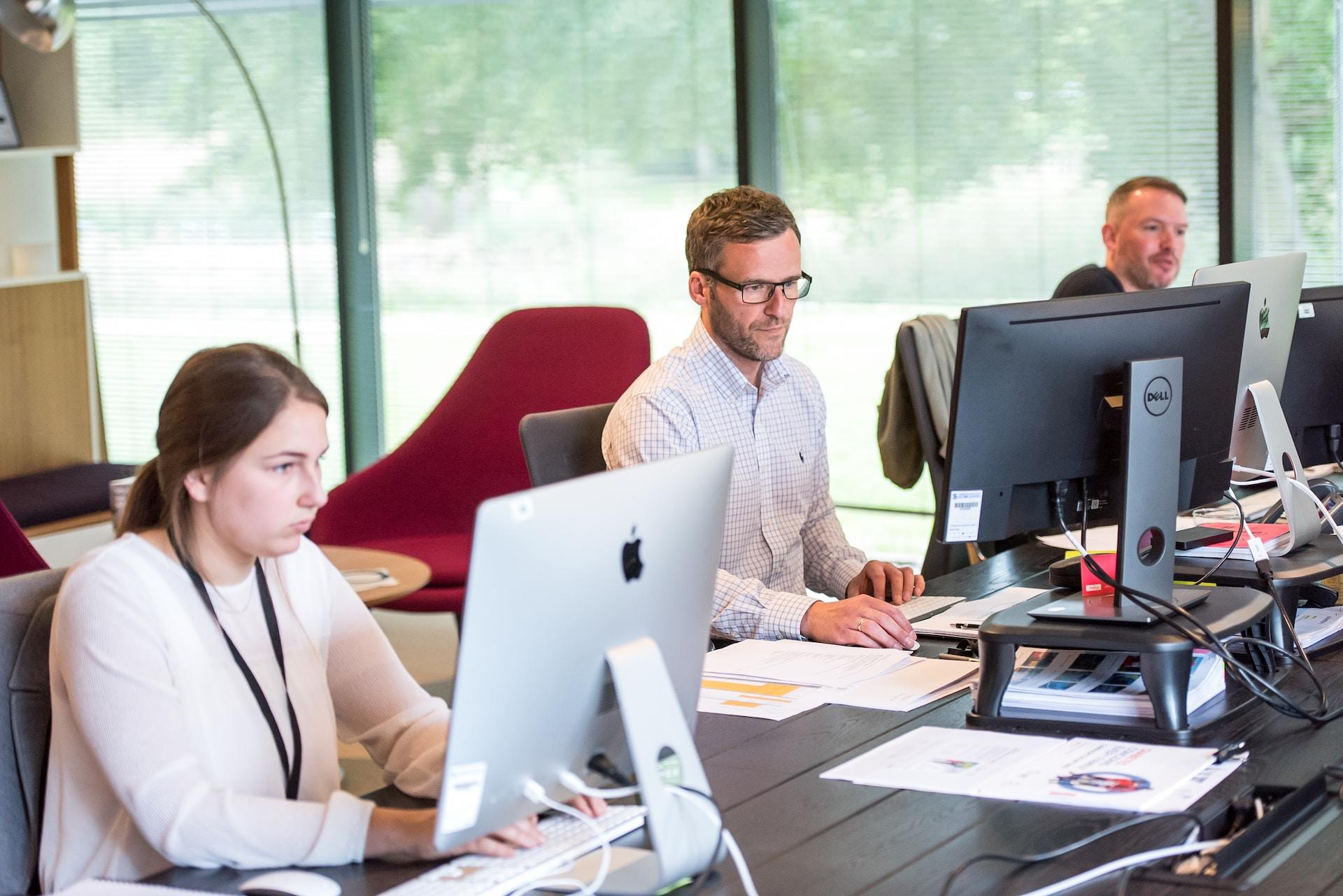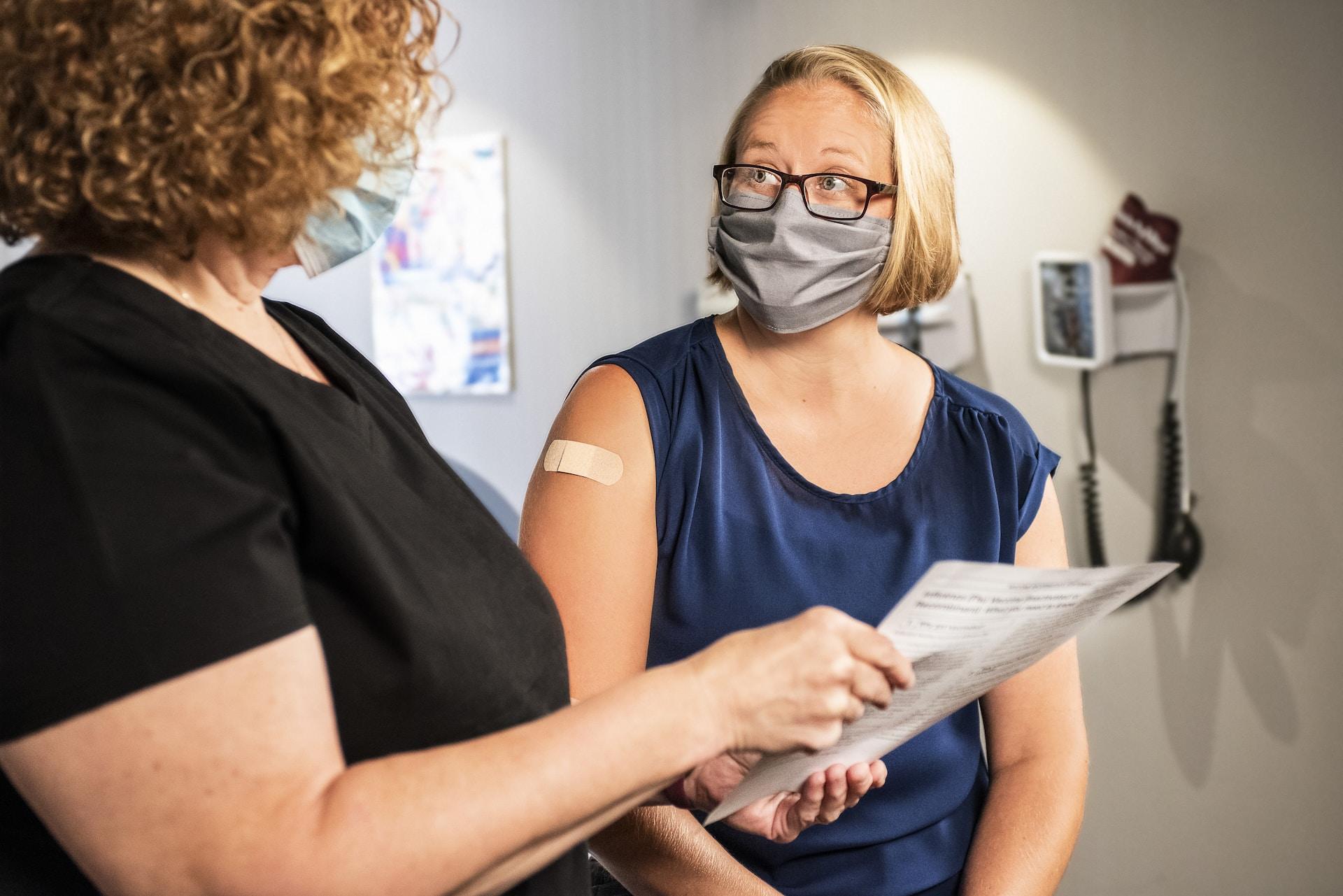When you get down to brass tacks, you'll realise only three career fields are stable: food, technology and medicine. Humans will always have to eat and we'll need technicians to repair our appliances and cars. As our world becomes ever more tech-driven, we'll need more technicians specialising in digital equipment.
Despite all the recent talk of Artificial Intelligence (AI) in healthcare, it's difficult to imagine a digital system taking over patient care. Personalised medicine is an AI-driven initiative to treat patients instead of their symptoms. The 'treat the patient, not their disease' concept is a welcome shift that's long overdue. But any possibility AI initiatives afford will be useless without human coordination.
Besides, imagine a doctor's visit with a robot as a general practitioner (GP). Already, we Australians complain about too little 'care' in patient care. Indeed, we need more care and more doctors.
This guide will show you how you can join the ranks of healthcare professionals.

Medicine Pathways Australia
The Australian Medical Association (AMA) recently published a report on the state of healthcare in Australia. The prognosis isn't good but we already knew that; the Coronavirus pandemic proved that much.
That report's encouraging part was their nine points of action to improve our healthcare system.
AMA's recommendations include training more doctors and paying them more. Their report also emphasised the need for more innovation in medical delivery systems. On that account, Australia's medical schools take the lead.
Australia has 24 Faculties of Medicine, some of which rank among the world's top universities. The University of Melbourne consistently sits in the Top 20 on global university ranking systems.
The University of Sydney is never far behind. These schools are fine representations of Australia's world-class medical training.
As a native Australian, your pathway into medicine could not be easier. If you're in high school and considering a career in medicine, be sure to take science courses. You'll have to sit the University Clinical Aptitude Test (UCAT) to confirm your eligibility for medical training.
Your high Australian Tertiary Assessment Rating (ATAR) will cement your position in the medical learning program of your choice.
If you're an undergraduate and find that your declared major no longer interests you, you can take the Graduate Medical School Assessment Test (GAMSAT). A successful GAMSAT result will allow you to study medicine at the graduate level. You may go on to specialise in any area of medicine you wish.
The AMA has long pointed to gaps in healthcare for our First Peoples. Specifically, they cite the lack of Indigenous doctors who are trained in these populations' unique health challenges. Rural populations are also overlooked when it comes to healthcare.
Medical schools across Australia have devised facilitated entry schemes for rural and Aboriginal and Torres Island Strait medical school candidates. They also reserve scholarship monies so these students needn't worry about finances while they study.
Australia makes getting an education in medicine as accessible as possible. Our medical schools offer Bachelor's degree plans in dentistry, optometry and other medical areas, as well. Not everyone has seven to ten years to spend in school. Each student may choose the pathway that suits their circumstances the best.

Online Pathways to Medicine
If you wish to practise clinical medicine, you must attend an on-campus course of study. Just as it's not feasible for robots to interface with patients, human doctors cannot treat patients without learning clinical skills. Medical students cycle through a round of clinical settings to gain hands-on experience.
That doesn't mean medical school hopefuls have no access to medical education online. It's just that online medical courses teach the administrative side of medicine. Such students might earn a Bachelor's degree in Community Health or a Bachelor's in Public Health. These credentials may lead to positions in government or overseeing local health initiatives.
Learners focusing on the medical sales side should choose the Bachelor's Degree in Health Science course online. This is a three-year study plan that qualifies the degree holder for a range of jobs. You might make a career out of patient advocacy or selling medical equipment.
Australians have two major areas of healthcare concern for which there's been little education until recently. Dementia cases are on the rise all over the world and precious few people are trained to coordinate these patients' care. Such involves the patient's family, community, doctor and the people delivering day-to-day care.
The University of Tasmania offers Australia's only course in dementia care. This is a Bachelor-degree course that explores dementia pathology and teaches care and risk reduction strategies. Dementia is devastating - not just to the sufferer but to everyone around them. Students taking this three-year online course can look forward to a rewarding career, despite the heartbreak they may feel at times.
Care in the agricultural community is just as vital because these professionals grow our food. Agriculture is so much more than planting seeds and harvesting. Our farmers and rural community members put their historical knowledge of seasons and earth cycles to work. They must receive the best care so they can pass their knowledge and skills to the next generation of agriculture professionals.
As noted in this article's introduction, food production is one of the three secure career fields. Isn't it odd, then, that we have no programs to ensure food producers' continued health and well-being?
That's why Deakin University put together a Bachelor-level online course in Agricultural Health and Medicine.
Successful completion of this online course doesn't award students a medical degree. Instead, they come away with knowledge of healthcare concerns agricultural and rural workers face.
They can coordinate care and deliver strategies to improve these workers' health. That's quite a heavy lift for an online medical course.

Pathways to Medicine for Mature-Age Students
Online courses such as those are ideal for mature-age medical students. These are students whose personal circumstances forced them to put off their medical studies for a few years. Mature-age students are typically five to seven years older than the average doctor in training.
Such a medical student might have earned their undergraduate degree before taking their leave from academic life. If so, they only need to score well on the GAMSAT to qualify for admission into graduate-level medical studies. If they pass the GAMSAT within the past two years, they won't need to take the exam again.
During their school leave, mature-age medical students cultivate an array of skills that benefit medical practice. Often, such students absent themselves to care for someone, a child or an elderly relative. Such situations call for patience, empathy, and solid communication techniques. A person in those circumstances tends to develop leadership skills, too.
Mature-age students are a boon to medical practice because of those skills and their dedication. They didn't abandon their career goals, no matter the detours their lives took them.
They are more aware of what it takes to become a doctor and are willing to put the work in. It's no wonder, then, that Australian medical programs welcome mature-age students.

Pathways to Medicine for the International Student
Our agricultural workers and mature-age medical students are alike in some respects. They bring wisdom and experience to their respective fields and are keen to learn new skills and techniques. They're not afraid of hard work and they will do everything possible to 'bring in the harvest', as it were.
International students are in the same vein. These learners are hardly out of their teens, yet they leave their homes behind to study medicine in a strange land. Often, in a language not their own. Their fortitude is remarkable.
Like domestic students, international students of medicine must apply for their place. But unlike native Australians, they will apply directly to the university medical program(s) of their choice. Or they may apply through an exchange program if their home university offers such. Australian universities reserve several places for international students; they won't compete with domestic medical students for entry.
International students must submit all of their qualifying documents with their medical school application. Those include school transcripts that reflect their science and maths studies. They must also submit proof of their English language capabilities.
International students must also pass the International Student Admissions Test (ISAT) and include that result in their application package. They may have to submit to an interview, like their domestic counterparts.
Applying to medical school from abroad takes time so these students should start the application process as early as possible.
International students pay much higher course fees than domestic students do. Australian universities compensate for that disparity by offering scholarships and bursaries. International students may apply for funds based on merit or need, and they're not limited to the monies reserved for them. They may apply for any scholarship open to them.
Australian universities are keen to welcome medical students from all walks of life, including international students. They've streamlined their admissions processes to make it as easy as possible for international students - for every student to apply.




















